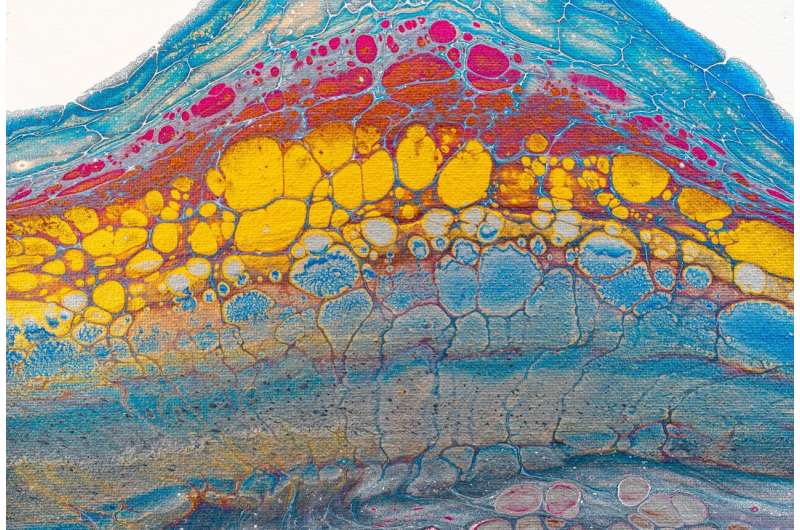Revolutionary Freezing Technique Cuts Thaw Time for Emergency Blood Supply

A breakthrough cryopreservation method dramatically reduces thaw times for stored blood, enhancing emergency response capabilities and saving lives. Developed by University of Manchester and Leeds researchers, this innovative technique promises faster, more reliable blood supply in critical situations.
A pioneering blood preservation method developed by researchers from the Universities of Manchester and Leeds promises to significantly improve how blood is stored and utilized in emergencies. This new technique employs innovative cryoprotectants that enable red blood cells to be frozen and thawed faster, reducing processing times and enhancing accessibility in critical situations. The research, led by Dr. Fraser Macrae and Professor Matthew Gibson, introduces a formulation combining polyampholytes, DMSO, and trehalose—substances that together safeguard blood cells during freezing without requiring extensive post-thaw washing. Traditional cryopreservation with glycerol involves lengthy and complex processes that can delay transfusions by over an hour, often risking patient outcomes. In contrast, this new method (PaDT) shortens thaw and washout times by over 50 minutes, facilitating rapid deployment of blood in disaster zones, military operations, and remote regions. The system works by leveraging the unique properties of its components: polyampholytes prevent ice formation inside cells; DMSO permeates cells to replace water; and trehalose stabilizes cell structures, offering low toxicity and simple thawing. This advancement could enable blood banks to stockpile and deliver blood almost on demand, a significant leap forward in emergency medicine. Plans are underway to integrate this technology into automated processing systems and extend its application to other cell types like stem cells and platelets, potentially transforming healthcare logistics and treatment readiness. For more details, see the publication in Cryobiology.
Stay Updated with Mia's Feed
Get the latest health & wellness insights delivered straight to your inbox.
Related Articles
Potential Kratom Regiment Restrictions in Florida: What You Need to Know
Florida lawmakers and local officials are considering regulations and bans on kratom amid safety concerns and rising overdose cases, with ongoing debates about its legal status and public health impact.
Preoperative Radiation Therapy Shows Promise in Reducing Pancreatic Cancer Recurrence
New research indicates that preoperative targeted radiation therapy can improve local tumor control and reduce recurrence in pancreatic cancer, opening new possibilities for treatment strategies.
Challenges in Implementing AI in NHS Healthcare: Insights from Recent UK Research
A recent UK study reveals the significant challenges faced in integrating AI technologies into NHS hospitals, highlighting the importance of strategic planning, staff training, and strong governance for successful digital transformation.



